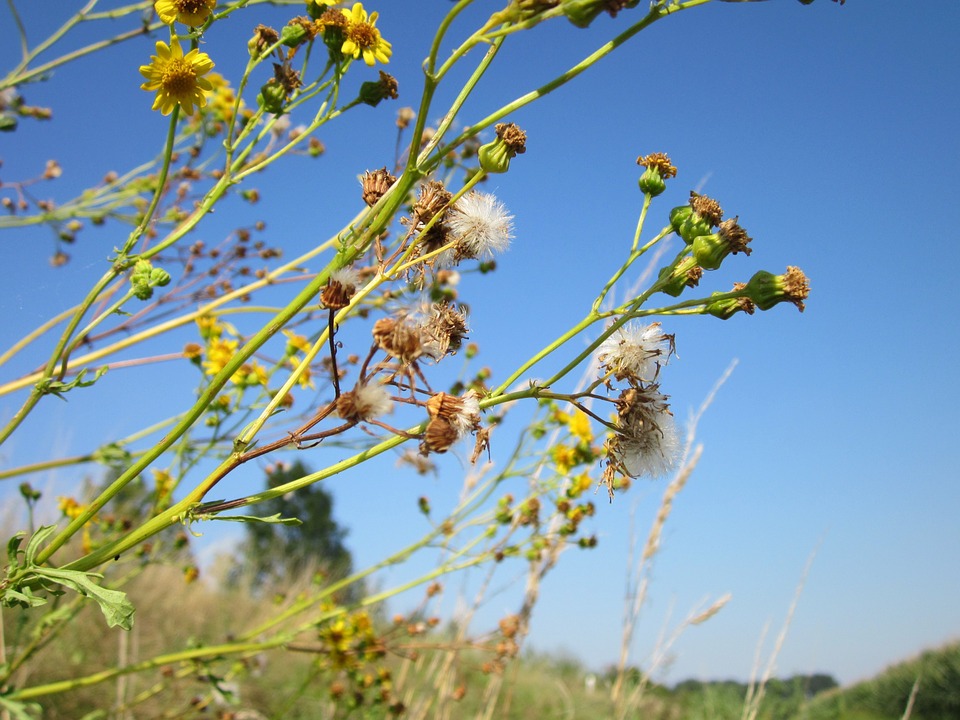If you are prone to hay fever, chances are that you are allergic to ragweed. Roughly 75 percent of people with allergic rhinitis react to ragweed pollen. If ragweed is your Kryptonite, expect the next few months to be rocky. Ragweed typically pollinates in fall.

(Pixabay / WikimediaImages)
If your ragweed allergies seem to increase over time, you might blame it on global warming. The Environmental Protection Agency has reported that in the past 20 years, ragweed season has extended in the central United States and Canada in 10 of the 11 locations measured. Though ragweed season typically runs from mid-September through late October, it has increased by up to three weeks in many Northern cities.
Laboratory studies show that ragweed grown in the presence of higher carbon dioxide levels (an effect of global warming) produces more pollen. In addition, studies in Europe have shown that due to global warming and the way it is expanding the presence of ragweed, the number of people with ragweed allergies could double by the year 2060.
Ragweed is a flowering plant from the aster family with 17 different species in the U.S. It is a prolific pollinator; one plant can release up to a billion pollen granules in its lifetime. Ragweed is most common in the East and Midwest, but it is found in most regions of the country. Even if you don’t have a lot of ragweed in your area, you will likely still feel its effects. Ragweed’s lightweight pollens can be wafted on the wind for hundreds of miles.
If you’re tired of feeling miserable every fall, medications can help take the edge off of ragweed-induced allergy symptoms. If medications aren’t cutting it, consider a long-term solution with allergy immunotherapy. Immunotherapy is the only treatment that has been shown to affect the underlying allergy—not just its symptoms. Immunotherapy is available through allergy shots or under-the-tongue allergy drops (known as sublingual immunotherapy).
Talk to your allergy doctor about the cost of allergy drops as compared to allergy shots. If you have allergies to both food and pollen, allergy drops have also been shown to be an effective treatment for food allergies.


